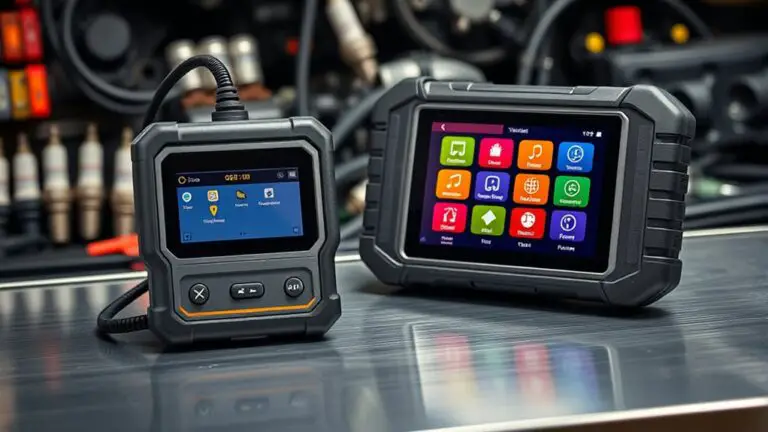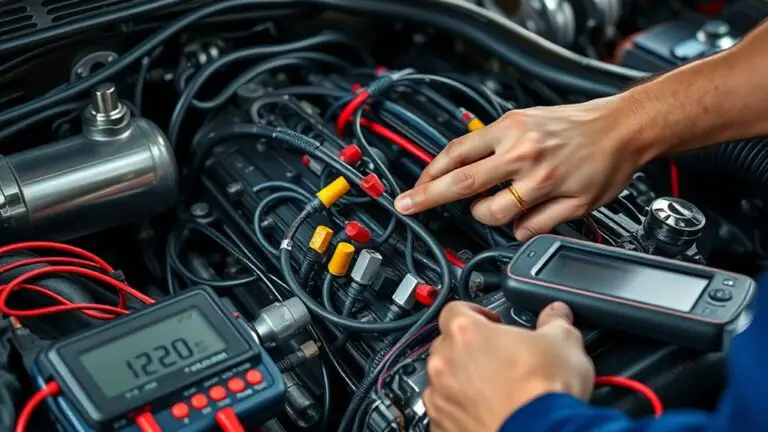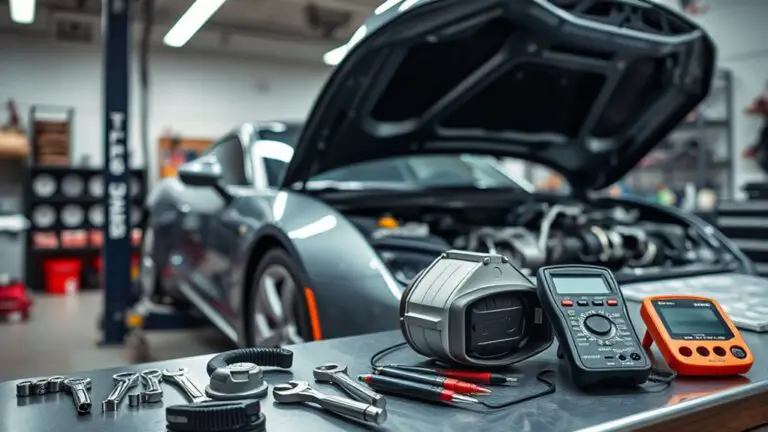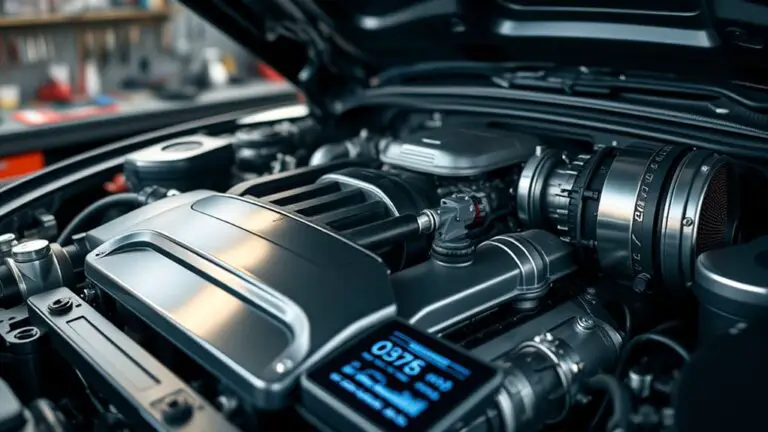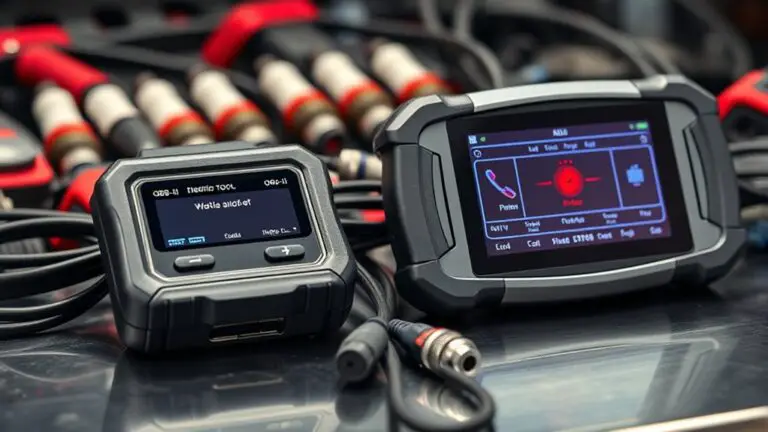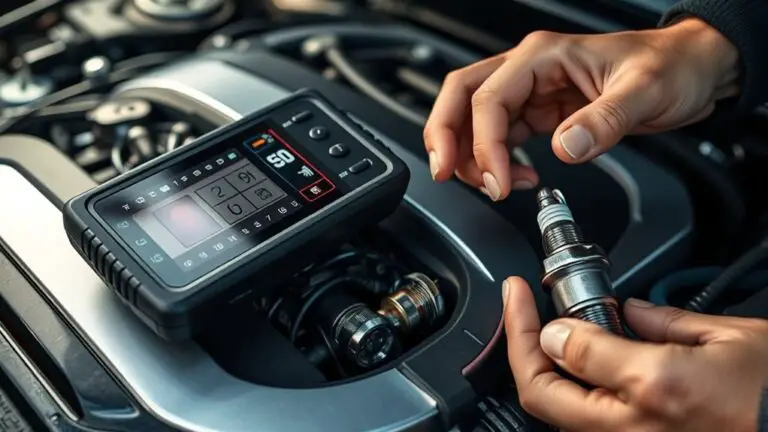Tool Comparison: Budget Vs Professional for Diagnosing No Communication With ECU
When you’re diagnosing no communication with an ECU, you’ll weigh budget tools for basic codes and live data against professional systems that offer deeper access, vendor protocols, and accurate timing. Budget tools give quick visibility but may miss subsystems and nuanced error states, limiting reliability in complex faults. Pro-grade solutions offer bidirectional testing, richer PIDs,…

